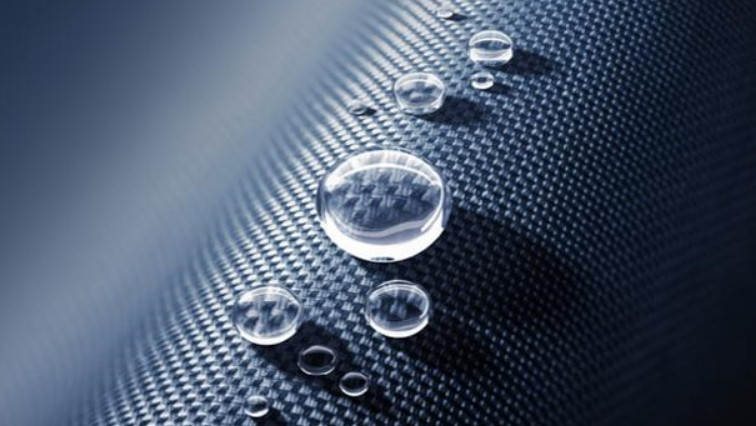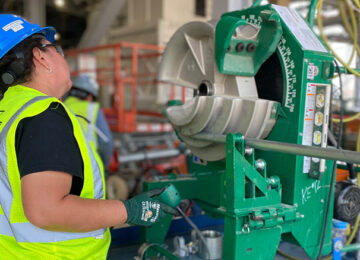Coating a fabric involves adding a layer of a polymer on one or both sides of a material. The fabric is then heated and put under the drying and curing process. More layers are added to bring about a high inter-layer adhesion.
Despite knowing much about textile coating, you might be unaware that there exist several textile coating processes. These processes are applicable in the manufacture of different types of end products. This article will discuss some of the most common coating techniques.
Knife Coating
Also referred to as direct coating, knife coating involves applying a liquid coating on the fabric’s surface, facilitated under tension by a floating knife blade. The distance between the blade and the fabric determines the coating’s thickness.
The liquid coating has an ideal viscosity so that it does not soak into the fabric. As a result, the blade is flexible and can be angled and manipulated to produce a layer of any desired size. After the coating is applied, it undergoes the curing and drying process.
This technique much effective in filament yarns, as some yarn fibers sometimes tend to protrude on the fabric’s surface to create an uneven finish. The protrusion’s potential depends on the coating’s thickness. Knife coatings are much effective on extraordinarily tight and taught fabric structures.
Pad-Dry-Cure Coating
The coating brand is also known as Padding, and it is widely common in most textile coating machine suppliers. It is the ultimate textile finishing method and is the best to add numerous coatings on fabrics.
Generally, a padding coating refers to the fiber coating used to apply micro, Nano, and chemical materials. After submerging the fabric into a solution, it is passed between the heated rollers to scrape off the excess solution. The distance between these rollers determines the coating’s quality. After applying the desired number of layers, the fabric undergoes the drying and curing process.
Calendar Coating
A calendar coating involves passing the fabric through a couple of hot rollers to scorch any fiber on the fabric’s surface. This adds extra texture and smoothness to the fabric.
The technique almost resembles the other textile coating methods, only that the coating is applied on both sides of the fabric. The coating’s thickness depends on the nip’s width between the rollers. Using more rollers results in thinner coatings.
Hot Melt Extrusion Coating
This textile coating technique resembles the Calendar coating, but the coating is melted by granules fed to the hot rollers. Hot Melt Extrusion Coating mainly produces unsupported films, which are then added to the fabric directly. The coating is ideally helpful for Thermoplastics, such as PVC, Polyurethane, and Polyolefin.
Foam Finishing Coating
Foam finishing was developed as a replica of the padding technique since it is much eco-friendly. The coating solution used in this technique is less weighted, but it is applicable on a vast surface area. However, to enhance maximum effectiveness, only one fabric side is applied with the coating solution.
Foam Finishing Coating is involved with less wetting; thus, it requires less drying while significantly reducing residual liquor waste. The method is used in the manufacture of heavy-duty fabrics like carpets.
Conclusion
It is certain that coating a fabric adds both its value and quality. However, a successful and effective coating depends on the technique used in the application since different products are produced through different approaches. Some of these techniques are outlined above in this article.












